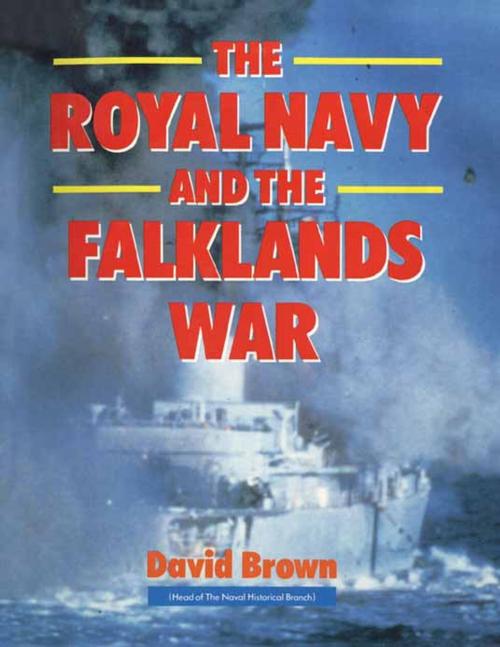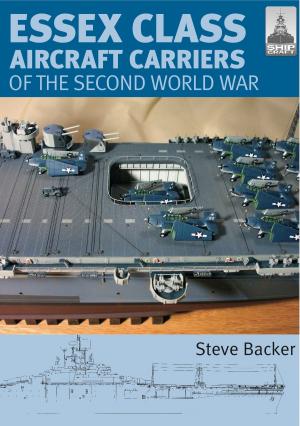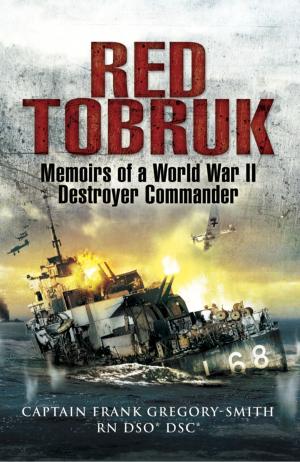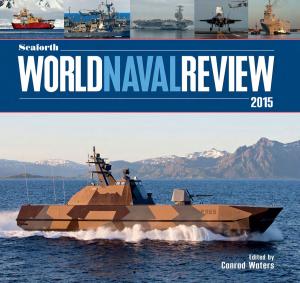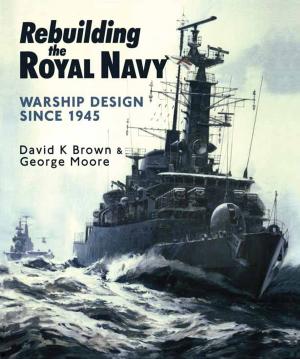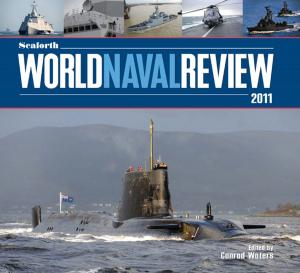| Author: | David Brown | ISBN: | 9781473817791 |
| Publisher: | Pen and Sword | Publication: | July 13, 1987 |
| Imprint: | Leo Cooper | Language: | English |
| Author: | David Brown |
| ISBN: | 9781473817791 |
| Publisher: | Pen and Sword |
| Publication: | July 13, 1987 |
| Imprint: | Leo Cooper |
| Language: | English |
Soldiers and journalists alike wasted no time in telling the story of the campaign to recapture the Falkland Islands after the Argentinian invasion in April, 1982. Almost without exception, however, they are concerned largely on the role of the Army, for it was the part they played which particularly fired the public imagination, and it may be said that the role of the Royal and Merchant Navies, the abiding images of which are for many the pictures of the exploding frigate Antelope, and the burning Atlantic Conveyor, has hitherto been overshadowed by the yomping of the Marines and the exploits of certain gentleman of the press. Yet none of them would have been there at all had the Royal Navy not provided the necessary transport, not to mention air cover and bombardment support. In the book David Brown, head of what was formally the Naval Historical Branch at the Ministry of Defence, tells in full for the first time the extraordinary story of how the fleet was assembeled; of how merchant-ships from luxury liners such as the Canberra to cargo-carriers of every description were 'Taken Up Form Trade' and, in a staggeringly short time, converted to their new role. He describes the stupendous problems presented by the assembling, and stowing, of the thousands of tons of stores and equipment needed by the Expeditionary Forces and the way in which these problems were dealt with.
Soldiers and journalists alike wasted no time in telling the story of the campaign to recapture the Falkland Islands after the Argentinian invasion in April, 1982. Almost without exception, however, they are concerned largely on the role of the Army, for it was the part they played which particularly fired the public imagination, and it may be said that the role of the Royal and Merchant Navies, the abiding images of which are for many the pictures of the exploding frigate Antelope, and the burning Atlantic Conveyor, has hitherto been overshadowed by the yomping of the Marines and the exploits of certain gentleman of the press. Yet none of them would have been there at all had the Royal Navy not provided the necessary transport, not to mention air cover and bombardment support. In the book David Brown, head of what was formally the Naval Historical Branch at the Ministry of Defence, tells in full for the first time the extraordinary story of how the fleet was assembeled; of how merchant-ships from luxury liners such as the Canberra to cargo-carriers of every description were 'Taken Up Form Trade' and, in a staggeringly short time, converted to their new role. He describes the stupendous problems presented by the assembling, and stowing, of the thousands of tons of stores and equipment needed by the Expeditionary Forces and the way in which these problems were dealt with.
